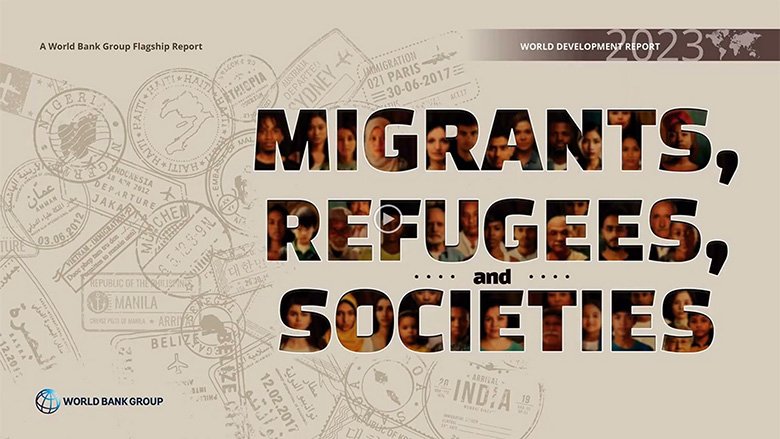Migration is a development challenge. About 184 million people¡ª2.3 percent of the world¡¯s population¡ªlive outside of their country of nationality. Almost half of migrants live in and a significant majority of them come from low- and middle-income countries. This movement of people generates substantial welfare gains but also some of the most polarizing debates and critical policy questions in development.
At the same time, global economic imbalances, diverging demographic trends, and climate change mean that countries at all income levels will find it increasingly necessary to turn to migration to cope with such challenges. Effective and coordinated management of policies are needed to ensure migration remains a powerful force for development, improving the lives of hundreds of millions of migrants, their families, and the societies in which they live.
The World Development Report 2023 proposes an integrated framework to maximize the development impacts of cross-border movements on both destination and origin countries and on migrants and refugees themselves. The framework it offers, drawn from labor economics and international law, rests on a ¡°match and motive¡± matrix that focuses on two factors: how closely migrants¡¯ skills and attributes match the needs of destination countries and what motives underlie their movements. This approach enables policy makers to distinguish between different types of movements and to design appropriate migration policies for each.





